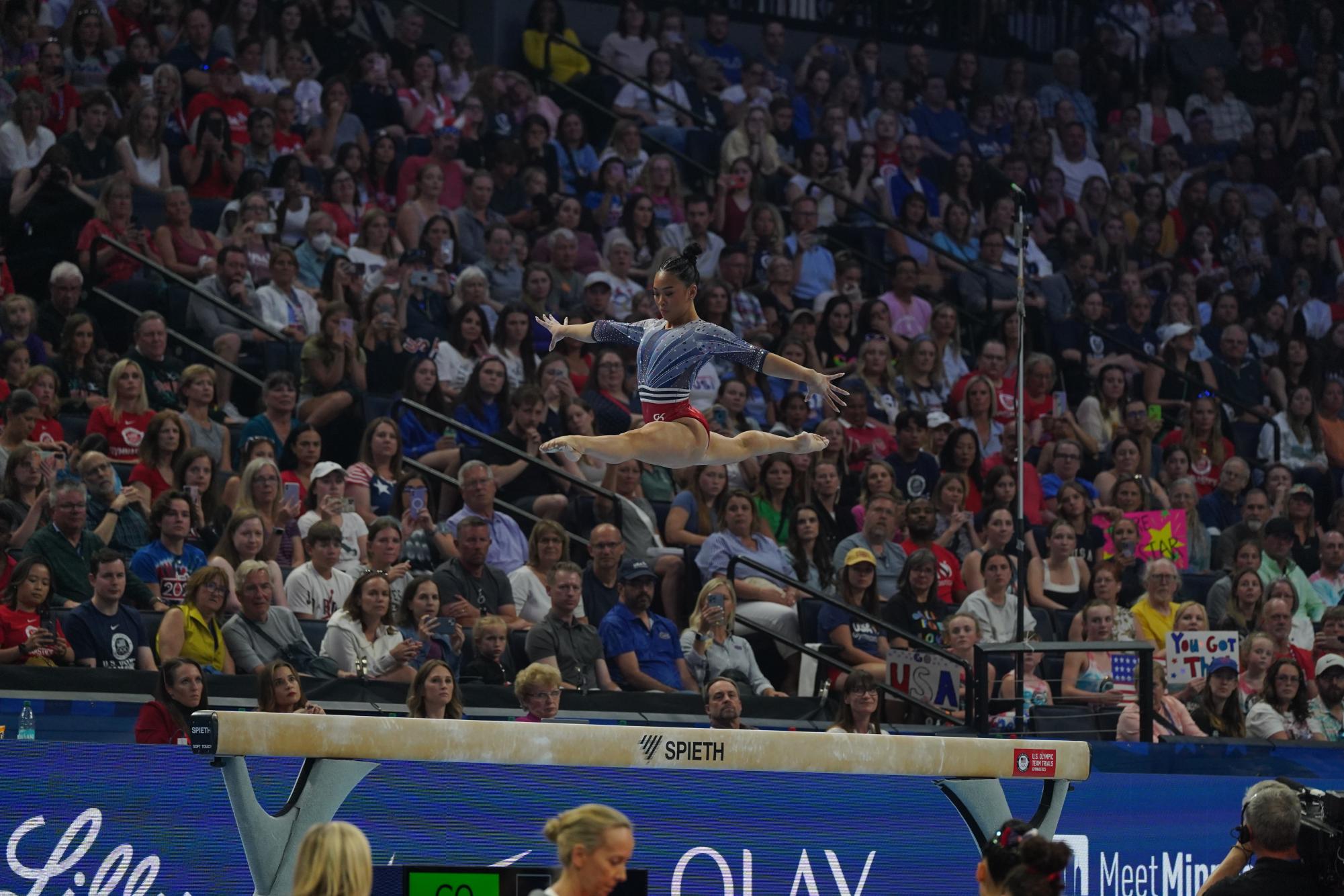Federico Fellini’s “8 1/2” usually lands in the top 10 whenever critics are polled for the best films of all time.
And cineastes such as Roger Ebert and Martin Scorsese consider the 1963 film, about a director struggling with creative block, to be the best movie ever made about filmmaking.
“8 1/2” is clearly a masterpiece, but its significance goes beyond its critique of the moviemaking process. In that respect, its commentary is fairly basic: the cinema is a commercial enterprise where producers only see dollar signs, actors are spoiled egotists and everyone’s a critic. While “8 1/2” exposes these truisms with hilarious wit, they only serve as extensions of the film’s premise.
This story of a filmmaker struggling to direct his next film comes from Fellini’s own anxieties about following up his hit, “La Dolce Vita.” As myth would have it, the Italian director decided to turn his own mental block into a movie about a filmmaker enduring the same problem (the title refers to the number of films he had previously made). But this ingenious premise is only the foundation of “8 1/2.”
The crux of the film lies in Fellini’s self-examination. And not just an examination of Fellini the director, but of Fellini the man. In fact, the film’s two most fascinating sequences have little to do with filmmaking. Instead, they’re musings on the Catholic Church and the protagonist’s womanizing.
Fellini interrogates these two facets of his personality the best way he knows how: through powerful, unforgettable images.
He indulges his mastery of vision by constantly shifting the film’s beleaguered director between reality, memory and dreamtime. The film’s most famous dream sequence finds the director, played by Marcello Mastroianni, scrambling around a house filled with all the women in his life – many of whom he’s slept with. The scene reaches a final level of absurdity when the director pulls out a whip and attempts to corral the revolting women.
Fellini is boldly revealing his patriarchal, almost misogynist, view of the opposite sex. This scene would put him in a pathetic light if he wasn’t being so truthful.
But Fellini does seem to be reconciling his misogynist guilt with his attack on the Catholic Church. In a stylized flashback to his childhood, the director remembers being punished by Catholic school priests for harmlessly consorting with the prostitute Saraghina. This sequence is ripe with exaggerated imagery. The babbling priests, the enormous icon paintings and wickedly designed confessional booths foreground the irrationality Fellini sees in the church’s policies. With the tiny bits of dialogue the priests do spit out, (“Saraghina is the devil,” i.e. women are evil) it’s apparent the director might be attributing his promiscuous behavior to the repression of his Catholic upbringing. Should we accept this as viewers? Probably not.
Regardless, these aspects of the “8 1/2,” which have nothing to do with its trouble-free commentary on filmmaking, need rediscovering and investigation. Don’t let the bearers of film canon (people such as Ebert) dissuade you from doing so.







